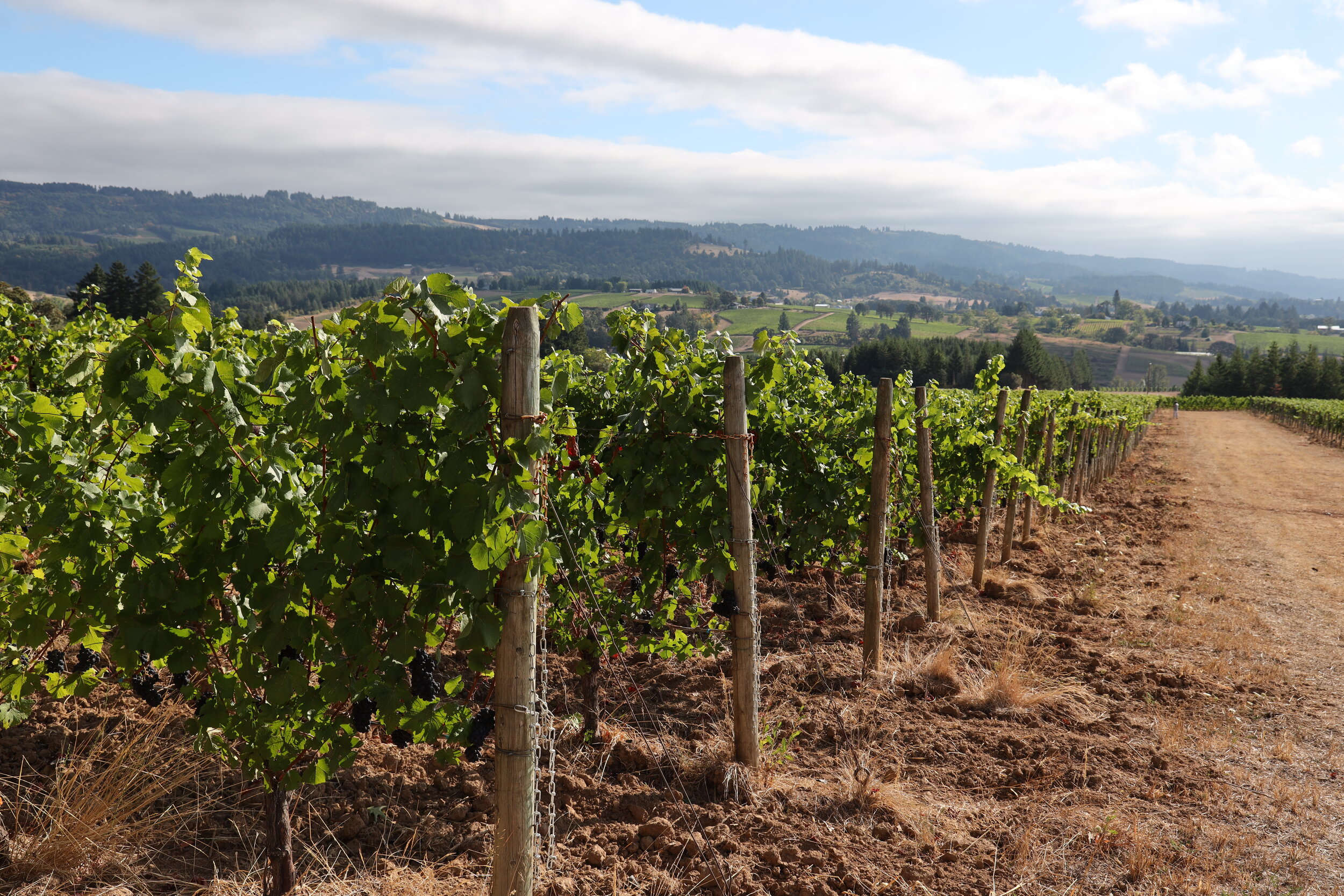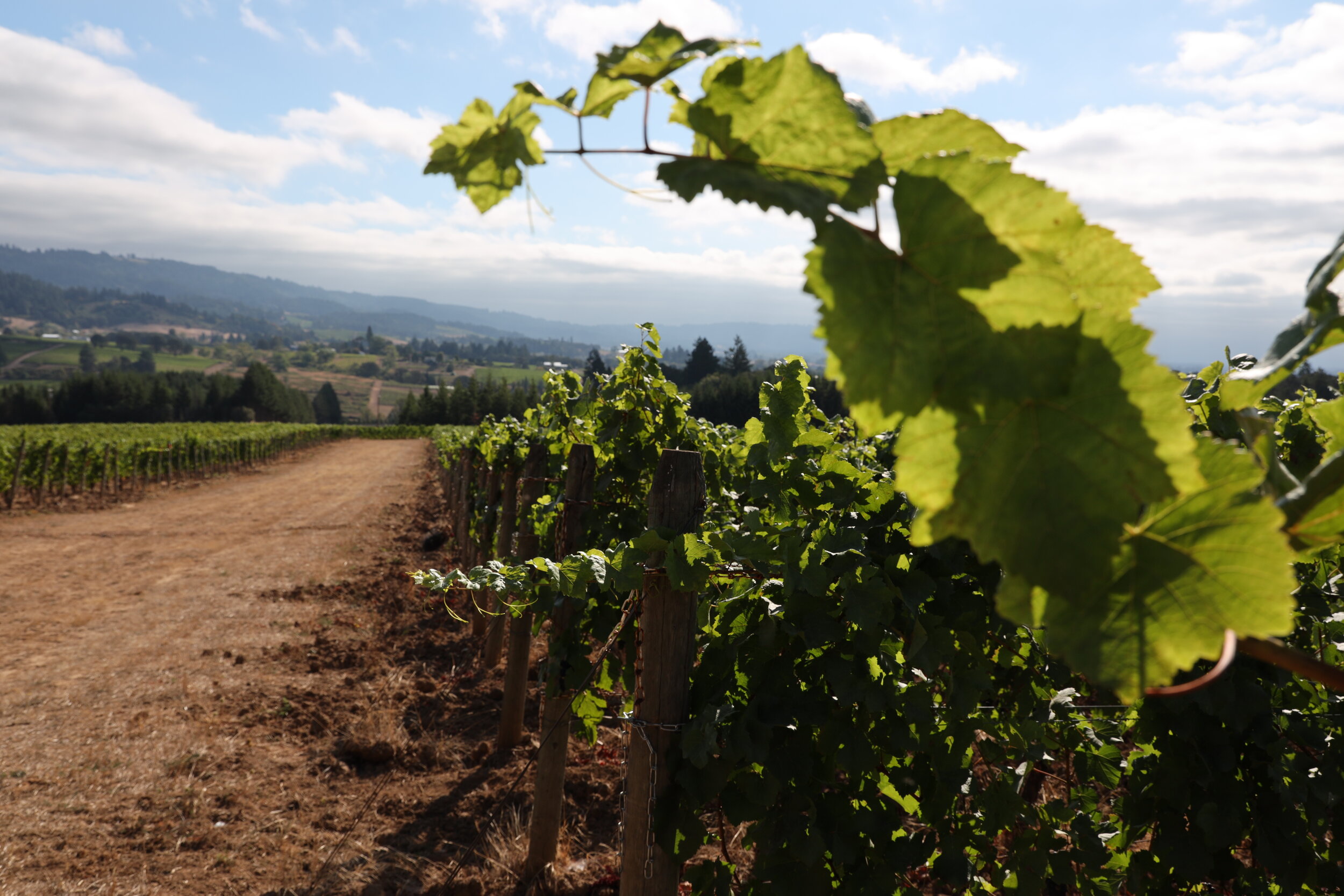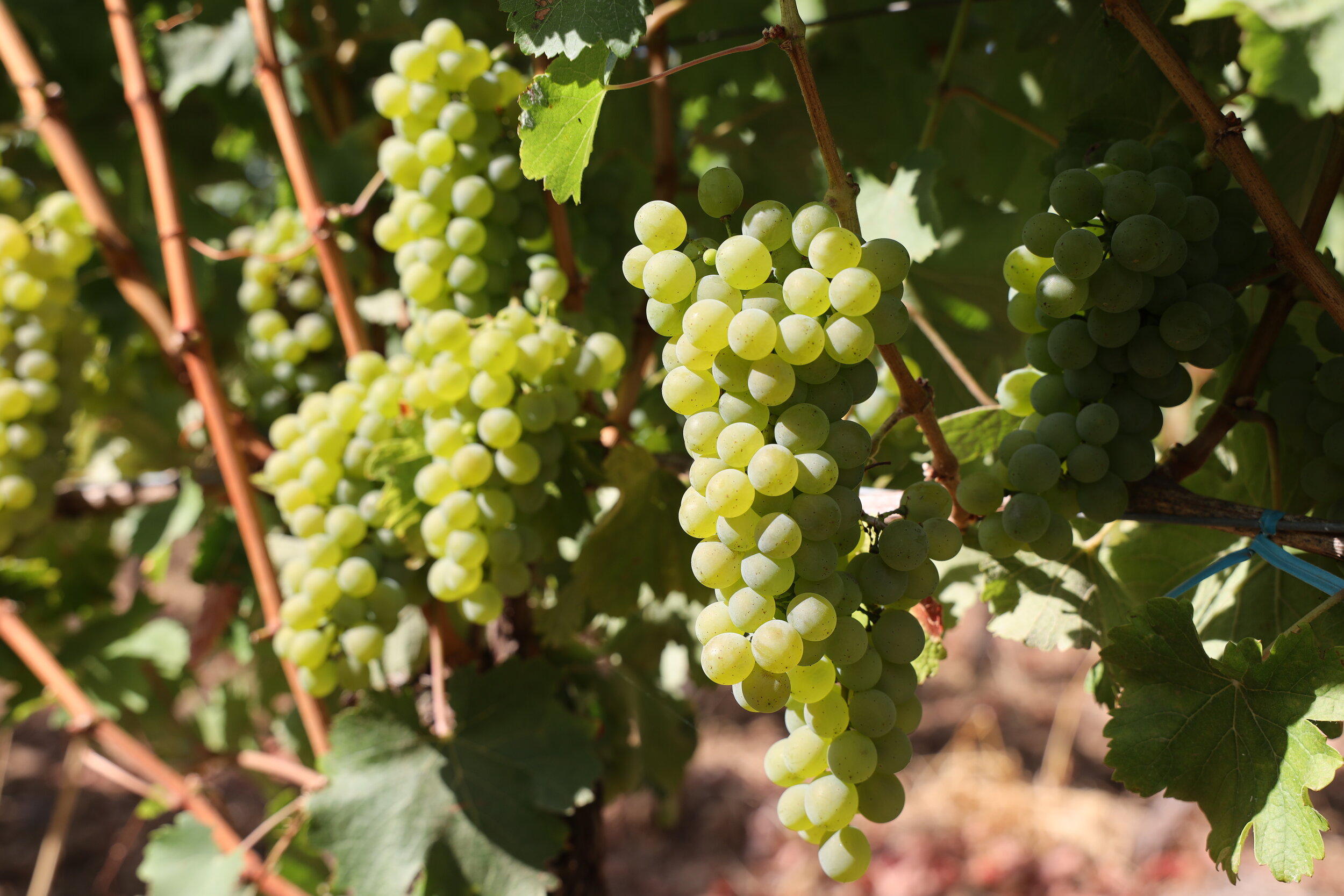View Older Post
Ribbon Ridge is the smallest AVA in all of Oregon, but that has not stopped it from rapidly defining itself as a source for some of the state's most impressive wine. This unique subappellation of the Willamette Valley contains a mere 500 acres of planted vines spread throughout just 20 individual vineyards - all of which sit on a singular ridgeline that juts out from the floor of the Chehalem Valley. Ribbon Ridge differentiates itself from surrounding regions not just by its elevation, which extends up to nearly 700 feet from sea level at its highest point, but primarily by its distinct soils.
Nearly all of Ribbon Ridge is blanketed in a unique soil series known as Willakenzie soils. These are loamy and lightly-colored marine sedimentary deposits that were uplifted over many millennia by the collision of subterranean tectonic plates. Soils in the nearby Chehalem Mountains that surround Ribbon Ridge are starkly different, and are typically heavily volcanic in composition with a deep brick-red color. When the Willamette Valley was first planted to vines it didn't take long for Oregon viticultural pioneers to notice that the marine sedimentary deposits found in Ribbon Ridge produce wines with a completely different flavor profile than those grown in neighboring volcanic soils, and in 2005 the Ribbon Ridge AVA was born to help formally delineate some of these differences.
To better understand the nuances of Ribbon Ridge terroir we chose to pay the region a visit during our recent jaunt through the Willamette Valley. Our first stop brought us to Ayres Vineyard & Winery: a boutique family owned producer making wine from their 38 acre dry-farmed estate in Ribbon Ridge. After uprooting themselves from the Midwest and purchasing a defunct hazelnut farm in 2000, Ayres owners Brad and Kathleen McLeroy enacted a plan to slowly convert their new land into a Pinot Noir-centric vineyard. It took years of backbreaking work, but by 2005 the dying hazelnut trees were cleared and the property was planted out to 20 acres of vines. Since the two had no previous experience making wine Brad took a job as a cellar hand at Domaine Drouhin Oregon starting in 2000 to learn the ropes of the trade, and he continued on staff there until 2006 when he was ready to commit to Ayres full-time. Brad & Kathleen still operate Ayres almost completely by themselves and are living and raising their family in a house on the property, making them an excellent source for information on the subtleties of Ribbon Ridge and why it is such a unique and special place.
As we pulled onto the Ayres property for our visit we were immediately greeted by Brad, who had kindly carved out time from his busy schedule to give us a peek into the intricacies of his operation. Following brief introductions Brad obliged our request to head straight into the vineyard so we could begin to understand the true personality of the property and Ribbon Ridge as a whole. While we strolled and explored our discussion first revolved around the distinct features and quirks of the land itself. Brad talked us through a number factors that make growing grapes on Ribbon Ridge different from elsewhere in the Willamette Valley, including the unique characteristics of the Willakenzie soils on his estate and how they shape the resulting wines. He explained that he believes these soils naturally bestow Pinot Noir berries with a darker fruit profile and aromas of baking spices that are wildly different from the more red fruited wines coming from volcanic soils nearby.
Another interesting revelation we gleaned about Ribbon Ridge is that most of the appellation has the advantage of low to moderate disease pressure compared to most of the Pacific Northwest. This can be largely attributed to elevation and aspect combined with regular winds that blow up from the Van Duzer Corridor. Brad commented that he is able to farm the Ayres property organically - something he believes is critical to ensure the healthiest conditions for both his vines and his family. Notably while in the vineyard we also observed that the Ayres Pinot Noir vines produce extremely small and compact fruit clusters, which perhaps helps with development of deeper & darker flavors. Although the vineyard is planted almost entirely to Pinot Noir we did encounter a few rows of Pinot Blanc and Auxerrois growing, but Brad explained that this fruit is only used to produce a singular limited bottling each year since there isn't much to go around.
After extensive time spent exploring the vineyard and asking questions it was finally time to sit down and taste some wine. Brad presented us with a wonderful lineup of Ayres bottlings from both current and past vintages that we were given the opportunity to analyze and enjoy. We quickly discovered that Ayres does an excellent job of crafting multiple unique cuvées from their estate Pinot Noir fruit, often choosing to highlight particular clones, barrels, or styles in each finished wine that express the estate's character in a slightly different way. Each Pinot Noir we sampled possessed textbook tension and dark fruited character we've learned to expect from Ribbon Ridge, but certain bottlings highlighted higher degrees of spiced, herbal, and natural nuances that Brad attributes to subtle differences in fruit throughout the estate. It was extremely educational to taste multiple expressions of the same grape grown in the same vineyard, and we applaud Ayres for their willingness to produce such interesting and exciting micro-cuvées.
Sipping our way through such a wide variety of Ayres wines enabled us the opportunity to get a tight handle on their unique house style. We found Ayres wines are first and foremost focused on expressing pure and thrilling fruit in a way that is representative of their noble Ribbon Ridge origins. They are aromatic and nicely lifted iterations of Pinot Noir that still possess tangible weight and substance on the palate, with sufficient structure to ensure they will age problem-free for a decade or more. We noticed very little influence from oak, as Ayres wines are typically aged in neutral barrel, yet baking spices still manage to appear naturally as a byproduct of terroir. While extremely enjoyable in their most youthful and primary states our favorite examples had at least 5 years of age on them, and we found a bit of bottle age brought out beautiful tertiary notes of mushroom and forest floor that were otherwise hidden by the intensity of the fruit in younger bottlings.
Our experience visiting Ayres Vineyard & Winery provided us the unique opportunity to get an intimate look into the appellation of Ribbon Ridge through the lens of one of its most interesting small producers, and for that we will be forever thankful. We had the chance to observe what the Ayres team has created through many years of dedicated hard work and we cannot help but admire all that they have been able to accomplish. Their wines are terroir expressive and impressively delicious, but it is the kindness of the people behind the scenes that has stayed with us most since our visit. For those looking to better understand what Ribbon Ridge is all about we highly recommend the wines of Ayres Vineyard & Winery, especially scheduling an appointment for yourself on your next trip to the Willamette Valley.





